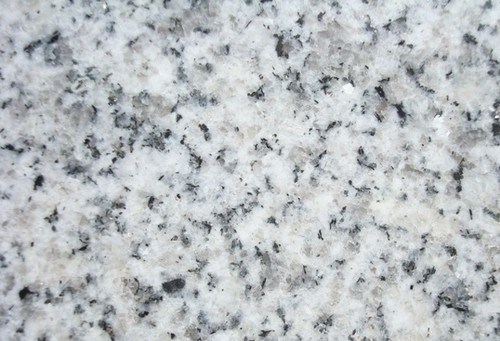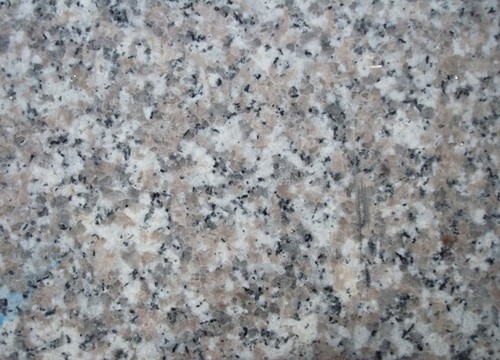Chinese Granite
China has become one of the major countries for the supply and processing of natural stone. China has abundant building stone resources- particularly granite (including gabbro and dolerite) but also marble and slate. Current reserves are estimated at 12.56 billion tons and China accounts for approximately a quarter of the world’s annual production.
The extraction and processing of Chinese granite occurs in 4 main Provinces:
Fujian and Guangdong Provinces of the South East Coast of China where the Late Mesozoic Kuiqi Granite Batholith Complex outcrops (alkali and peralkaline granites, granodiorites, syenites)
Shandong Province of North East China near Beijing – Proterozoic and mid-Jurassic granites
Sichuan Province of South West China – Neoproterozoic and Mesozoic granites and granodiorites
The main Port for export of stone is Oingdoa.
Labelling and names of Chinese Granite
The naming of all natural stone from China follows the National criterion of ‘The Uniform Numbers of Natural Stones’ established in 1998 established under article 3.3.1 of JC/T204-92(96) (Natural Granite Block Criterion). The name and number reference is made up of the place of origin, production, characteristics of colour and patterns and quarry number.
The Uniform Numbers of Natural Stone is made up of a letter (G-Granite, M-Marble, S-Slate) followed by a four-digit number. The first two digits refer to the province, region or municipality of origin. Beijing is ’11’, Shandong is ’37’ and Fujian ’35’. The last two digits are the serial number of the stone type.
The new system replaces the three digit numbers of the 1970’s which are still in use today. Examples include:
G3503 Jinjian Bacuo White: a pale grey to white coarse-grained granite (crystals up to 5mm). Old Code for this granite is G603 and other names include: Baso White; Bianco Crystal; Ice Crystal.
G3548 Chanpu Red: a pink to brown very coarsely crystalline granite (crystals up to 8mm). Some alteration of feldspar to the clay mineral sericite and biotite and ore mineral present. Old Code for this granite is G648.
G3585 Shijing Rustic Red: a pale pink to grey coarsely crystalline granite (crystals up to 5mm). Old Code for this granite is G682 and other names include: Yellow Rock Granite.
Durability of Chinese Granites
All granite specified for use (external, internal, paving, cladding etc.) should be ‘fit for purpose’. Stone samples, up to date stone test data (water absorption, compressive and flexural strength, petrography) and an assessment of quality should be carried out to ensure the most appropriate type is used. It has been found that some varieties of Chinese granites can discolour over time.
All granites from any country of origin that have a relatively high proportion of dark-coloured, iron-rich minerals (such as biotite mica and oxides) can weather and discolour over time. On contact with moisture, the iron within dark-coloured minerals becomes mobile and stains the surfaces leaving rust-coloured patches. This may be accelerated when stone is in contact with moisture leached from mortar joints as cement/lime is alkaline.
In addition, some Chinese granites have been found to stain and soil easily when used as paving and are often difficult to clean and maintain as honed or flamed external surfaces.




